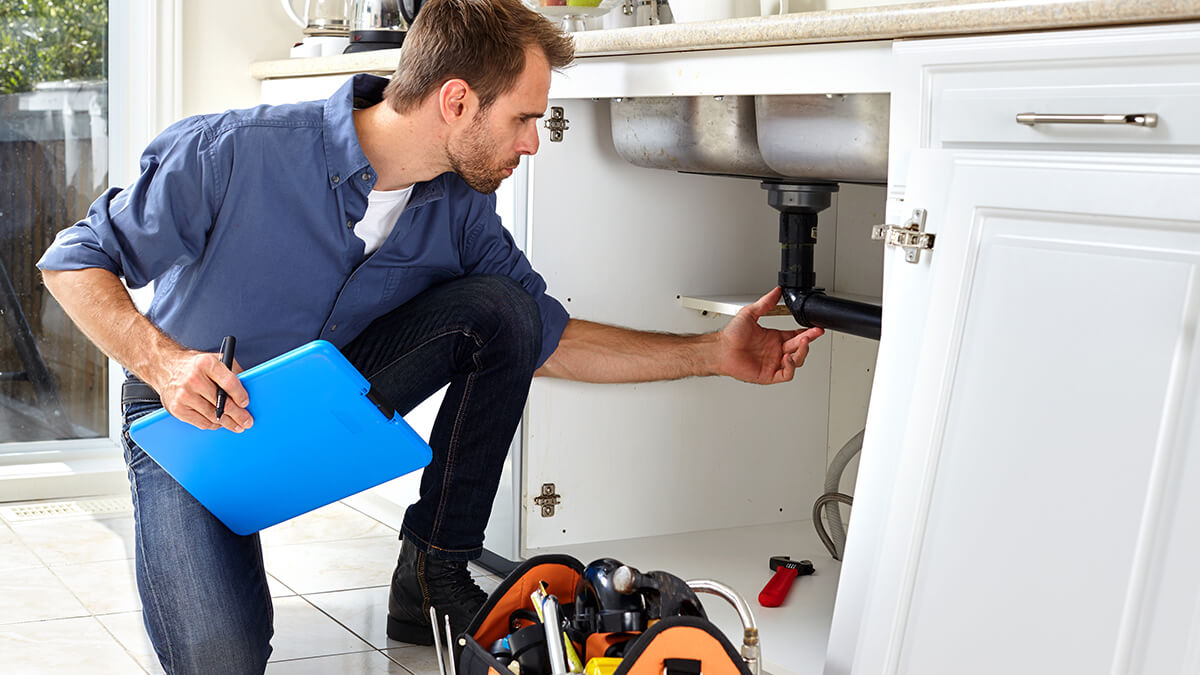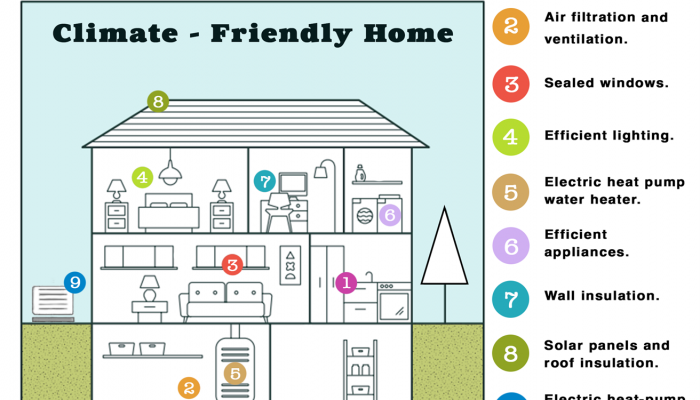
Transforming Spaces: A Guide to Mastering DIY Epoxy Flooring
Epoxy flooring has become a popular choice for homeowners seeking a durable, attractive, and customizable flooring solution. While hiring professionals is an option, many enthusiasts are exploring the world of DIY epoxy flooring. This guide provides a step-by-step overview, offering insights into the process, benefits, and considerations of taking on the challenge of DIY epoxy flooring.
Understanding Epoxy Flooring: A Versatile Solution
Epoxy flooring is a resilient and versatile solution known for its durability and aesthetic appeal. Composed of resin and hardeners, epoxy forms a tough, glossy surface that is resistant to stains, chemicals, and wear. Its versatility allows for various design options, making it suitable for garages, basements, kitchens, and even living spaces.
Benefits of DIY Epoxy Flooring: Cost-Effectiveness and Personalization
One of the primary advantages of DIY epoxy flooring is cost-effectiveness. By undertaking the project yourself, you can save on labor costs associated with professional installations. Additionally, the DIY approach allows for a personalized touch, enabling homeowners to choose colors, patterns, and textures that align with their design preferences and the overall aesthetics of their spaces.
Preparing the Surface: A Critical First Step
Before diving into the application of epoxy, proper surface preparation is crucial. This involves cleaning and degreasing the existing floor to ensure a smooth and adhesive-friendly surface. Any existing cracks or imperfections may need to be patched and leveled to create an ideal canvas for the epoxy application. Proper surface preparation is key to the longevity and success of DIY epoxy flooring.
Choosing the Right Epoxy Kit: A Comprehensive Selection Process
Selecting the right epoxy kit is a pivotal decision in the DIY process. Epoxy kits come in various formulations, each designed for specific applications and levels of durability. Consider factors such as the type of space, expected foot traffic, and desired finish. Some kits also include decorative elements like flakes or metallic pigments for added customization.
Applying the Base Coat: Setting the Foundation
The application process begins with the base coat, which acts as the foundation for the epoxy flooring. This layer requires careful mixing of the resin and hardener to ensure a uniform and well-bonded surface. The base coat is applied using a roller or squeegee, spreading the epoxy evenly across the prepared floor. Attention to detail during this step is essential for a seamless finish.
Adding Decorative Elements: Personalizing Your Epoxy Surface
For those seeking a more decorative finish, this is the stage to add custom elements. Decorative flakes, metallic pigments, or even stenciled designs can be incorporated to enhance the visual appeal of the epoxy flooring. This step allows homeowners to express their creativity and achieve a unique flooring aesthetic.
Allowing for Proper Curing: Patience Pays Off
After applying the epoxy and any decorative elements, patience becomes a key virtue. Allowing the epoxy to cure thoroughly is crucial for achieving its full strength and durability. Curing times vary depending on the specific epoxy kit used, so it’s essential to follow the manufacturer’s guidelines to ensure optimal results.
Applying the Top Coat: Sealing the Deal
The final step in the DIY epoxy flooring process is the application of the topcoat. This clear layer serves as a protective seal, enhancing the durability and longevity of the epoxy surface. Like the base coat, the topcoat is applied evenly using a roller or squeegee. This step completes the process, leaving you with a glossy, resilient, and visually appealing epoxy floor.
Maintenance Tips: Preserving the Beauty of Epoxy Flooring
Maintaining the beauty and integrity of DIY epoxy flooring involves adopting a few key practices. Regular cleaning with a non-abrasive mop or soft brush helps to remove dirt and debris. Avoiding harsh chemicals and abrasive cleaning tools is essential to prevent damage to the epoxy surface. With proper care, DIY epoxy flooring can maintain its shine and durability for years to come.
Explore DIY Epoxy Flooring Today
To embark on your DIY epoxy flooring journey and discover a range of epoxy kits and customization options, visit DIY Epoxy Flooring. Transform your spaces with a flooring solution that combines durability, aesthetics, and the satisfaction of a project well done. With the right preparation and attention to detail, DIY epoxy flooring can become a rewarding and impactful addition to your home.



